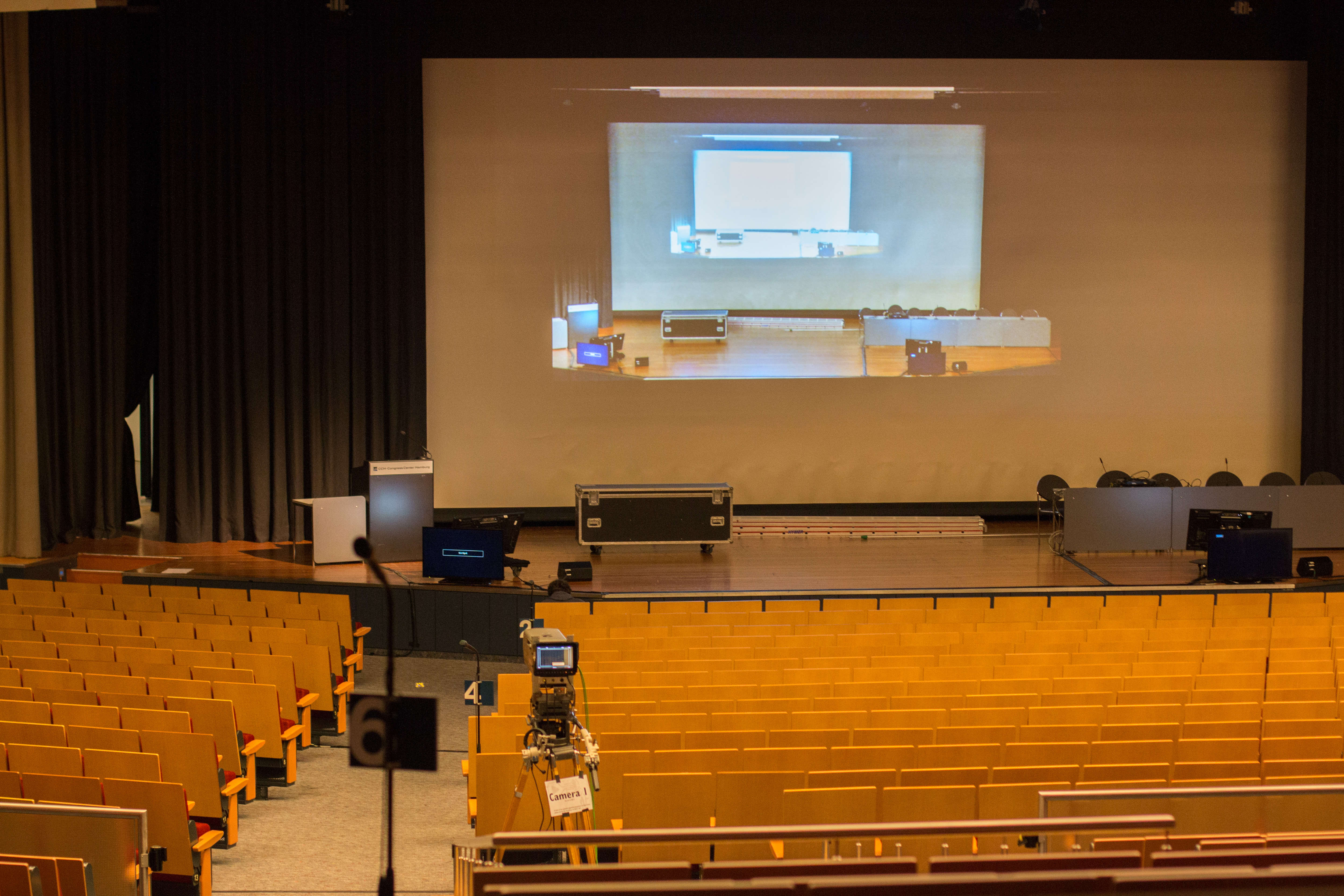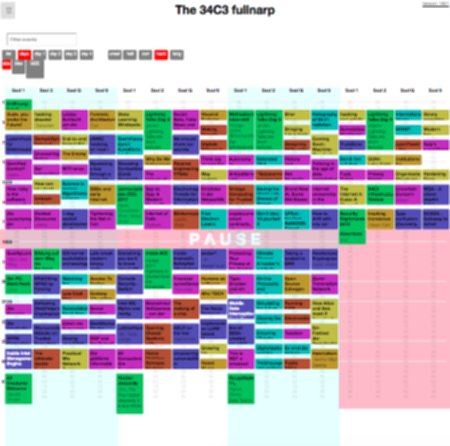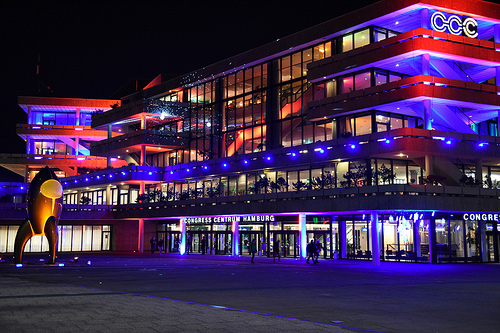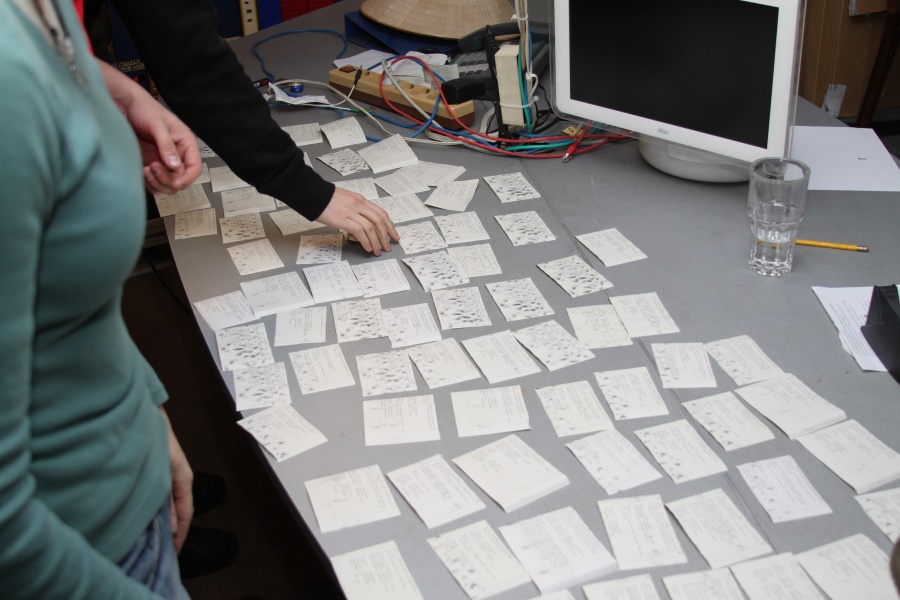Meet the 36C3 track team “Resilience and Sustainability”
We’re 36C3’s Resilience and Sustainability content team and want to show you just our bit of work that helped making this year’s Fahrplan as amazing as it has turned out.
Our team consists of hackers and scientists, tinkerers and PhDs and was formed for 34C3 when we felt that the conference was developing a blind spot between complete destruction of all the IT things and the fascinations for the resulting apocalypse. We wanted to give a stage to new and shiny useful technology for a better and more resilient world – with actual prototypes!
This year’s motto “resource exhaustion” added a …








